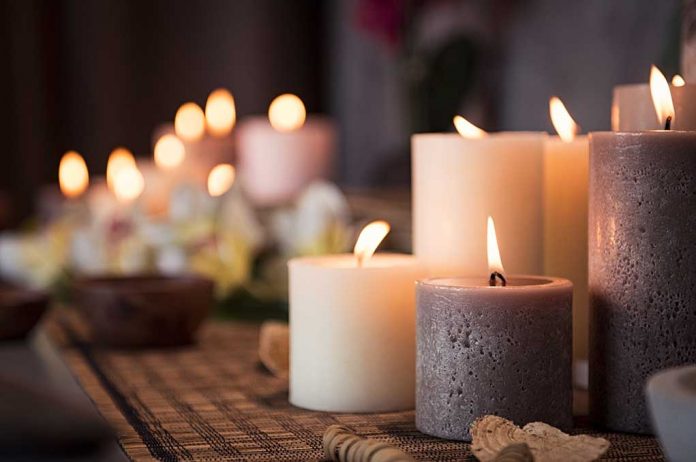
(AscendHealthy.com) – Candles may enhance the quality of our lives from a young age. We might even remember milestones with these simple products, from blowing out candles on a cake at our first big birthday party to romancing a loved one over a candle-lit dinner for two.
But could those same candles actually harm our health? Discover the potential risks and safer alternatives below.
Learn About Cancer-Causing Candles and Safer Alternatives.
What Types of Candles Cause Cancer?
A simple candle may provide us with light in all types of situations, from a severe storm causing an electricity outage to elegance during a festive occasion. But some candles might be hazardous to our health.
The following types of candles may be harmful:
- Paraffin: A lighted aromatherapy candle made with paraffin may result in soot that could cause cancer. Derived from petroleum, paraffin might also cause problems for individuals with conditions like asthma.
- Scented: Scented candles made from synthetic oils might cause carcinogenic chemicals to infiltrate our homes when they are lit. Potentially dangerous ingredients in scented candles linked to cancer include formaldehyde and acetaldehyde.
- Lead: Do you have some old candles you’ve been saving for a special occasion? Banned in 2003 in the United States, candles made with lead-core wicks may contribute to various health problems. You can test the candle by rubbing the wick tip on paper to see if it leaves a gray mark. Toss the candle if it does.
What Are Safe Alternatives to Cancer-Causing Candles?
Now that you know the potential risks to candles, do you have to eliminate candles from your life? Not necessarily.
We may reduce our risk from candles by learning which candles are safer. Look for the following types of candles the next time you shop:
- Soybean: Candles created using soybeans may offer a safe alternative, according to a study by the United States Department of Agriculture (USDA).
- Beeswax: Invest in 100% beeswax candles.
- Vegetable: Choose candles created using 100% vegetable-based materials. Options include coconut wax, palm wax, and other vegetable wax.
- Cotton Wicks: Buy candles with 100% cotton wicks.
- Essential Oils: Opt for candles created using 100% pure essential oils.
How Can We Safely Use Candles?
It’s important to understand that breathing in any type of smoke may impact our health. Using the guidelines below may help to protect us:
- Avoid Drafts: Avoid lighting candles in drafty or windy areas.
- Cut Wicks: Trim wicks to a maximum of 15 millimeters to reduce the potential for soot. Cut wicks only after the candle is extinguished and has cooled, straightening up the wick after clipping.
- Snuff It: Rather than blowing out candles and potentially inhaling smoke, experts recommend using a candle snuffer.
- Ventilate: After extinguishing the candle, air out the room to eliminate any lingering smoke.
All these cautions about candles might make us hesitate to use them. But by understanding what types of candles are safer and using the guidelines above, we may literally have our (lit) birthday cake and eat it too!
~Here’s to Your Healthy Ascension
Copyright 2023, AscendHealthy.com




















